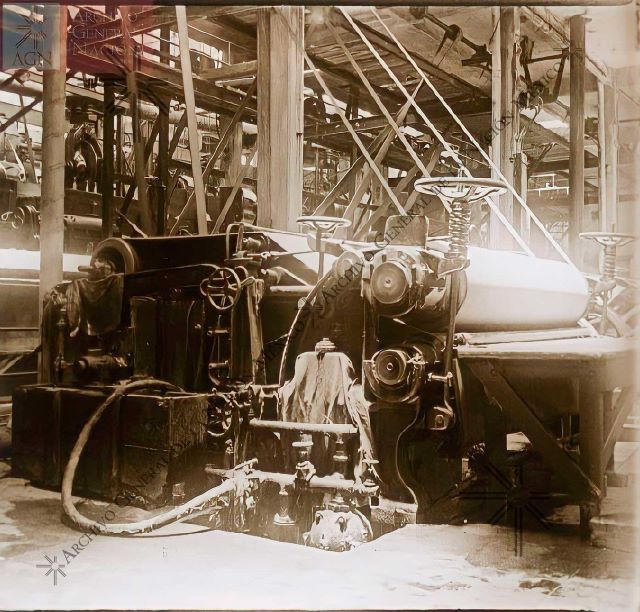The Emergence of the Paper Industry in Independent Mexico
Discover the challenges and triumphs of establishing a paper industry in Mexico during the early years of independence. Find out how this important industry has changed over time, from when Spain had a monopoly to when private people and government agencies tried to help.





